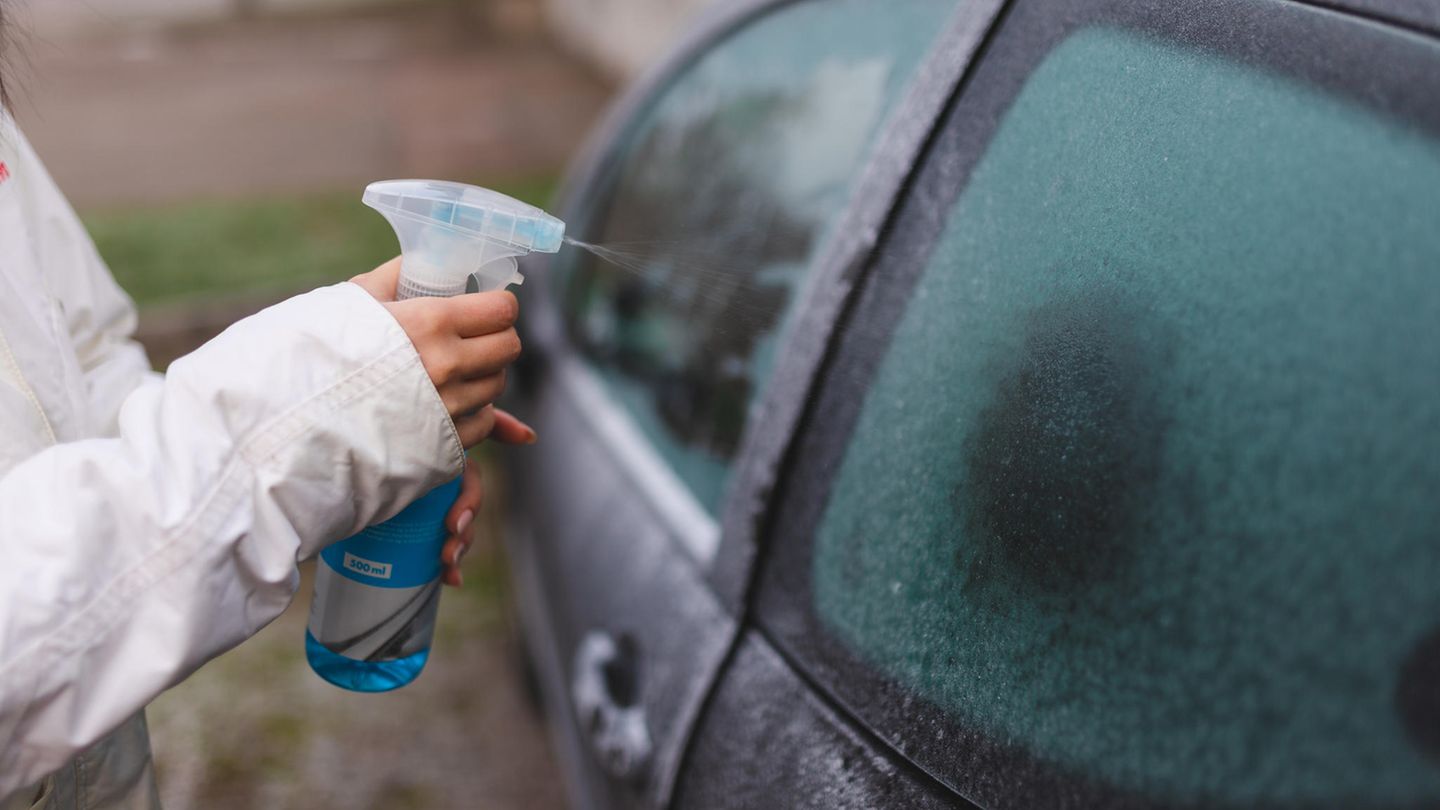52.3 percent of people living in Austria had a valid vaccination certificate at the end of March without being infected with the corona virus. Another 17.2 had been vaccinated, but were also infected with SARS-CoV. The vaccination rate was 69.5 percent. On the other hand, 15.7 percent of those who had recovered were unvaccinated – and 14.7 percent or around 1.32 million people were neither vaccinated nor recovered, as an analysis by Statistics Austria shows.
The proportion of those who had a valid vaccination or recovery certificate has increased by around three percentage points since the end of February. According to Statistics Austria, the main reason for this was that in March it was mainly people who had not been vaccinated who became infected, which led to an increase in recovery certificates during the Omicron wave.
In contrast, the proportion of people with an up-to-date vaccination certificate fell by 0.6 percentage points from the end of February to the end of March, as more vaccination certificates expired than were added. “One of the reasons for this is that people have to wait longer for the next vaccination after a Covid 19 illness. Therefore, due to the high number of infections, simply looking at the vaccination rate would provide an incomplete picture,” emphasized Statistics Austria in a broadcast on Friday .
Only half of Romanians in Austria vaccinated
A look at the vaccination rate according to the individual countries of origin, which is 70.4 percent for people born in Austria, provides remarkable results. Significantly more vaccinating are in China and in Iran born men and women with a vaccination rate of 79.4 and 79.2 percent, respectively. Above the cut also lie in Czech Republic Born (75.4), in Germany Born (74.5 percent), in Italy Born (73.1 percent) and in the Turkey Born (70.5). The willingness to vaccinate among Afghans is also high Afghans with a vaccination rate of 69 percent, who have often fled their country of origin to Austria and enjoy asylum status. at off Syria native people for whom the same applies, the vaccination rate is 58.9 percent.
Of the countries of origin reported by Statistics Austria, in Romania Born the lowest vaccination rate. It is just 50.5 percent. People are not much more willing to vaccinate against Covid-19 Russia (51.8 percent). Bulgarians are also below 60 percent Bulgarians (54.2 percent), people from the Slovakia (57.6 percent), off Poland (58.0), off Hungary (58.2) and off Serbia (59.1).
Five to nine year olds: More than 40 percent recovered
Among children who were vaccinated against Covid-19 much later than adults, the proportion of those who have recovered is comparatively high. So the omicron variant “caught” a significant proportion of children. At the end of March, 21 percent of children between the ages of five and nine had already been vaccinated, but a further 40 percent of this age group only had a certificate of recovery. The proportion of children between the ages of ten and 14 who only recovered was just as high, but here another 41 percent already had a valid vaccination certificate. Among adolescents and adults 15 years and older across all age groups, between 89 and 92 percent had an up-to-date vaccination and/or certificate of recovery. This proportion was highest among people aged between 75 and 84, where around 89 percent were vaccinated or vaccinated and recovered. Only around three percent had recovered.
93 percent of academics vaccinated and/or recovered
The proportions of people with a valid vaccination and/or recovery certificate differ significantly according to the highest level of education completed. This proportion is 86 percent for 25-64 year-olds with a compulsory education and 93 percent for those with a college degree, with those with higher degrees tending to be more likely to have a vaccination certificate and those with lower degrees tend to be more likely to have a certificate of recovery.
If the same age group is differentiated according to their employment status, it shows that around 92 percent of those who were employed and around 84 percent of those who were not employed had an up-to-date vaccination and/or recovery certificate. Employed people are both more frequently vaccinated (almost 77 percent) and exclusively recovered (almost 16 percent) than those who are not employed (almost 72 percent vaccinated, almost 13 percent exclusively recovered).
Within the group of employees of all ages, there are clear differences between the sectors. Public administration has the highest overall proportion of those with a valid vaccination and/or recovery certificate (96 percent). There are also differences with regard to the risk of infection in the sectors. In information and communication, around a third of all employees were affected by a corona infection in the past six months. In health and social care it was even 43 percent.
More on the subject:
- Corona: The new rules until summer
- Current numbers: 9790 new infections on Friday
- replenishment: Living room tests available again in pharmacies after Easter
Source: Nachrichten




